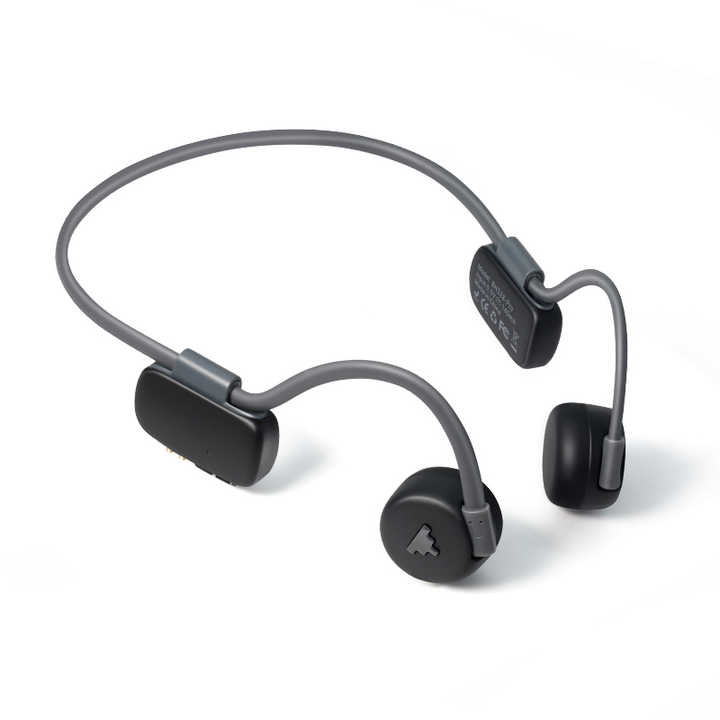Bone-conduction hearing aids have long been hailed as a marvel of auditory innovation, tracing their origins back to the 1500s. Delving into the annals of history, we uncover the fascinating journey of this transformative technology and its profound impact on the way we perceive sound.
It was our predecessors in the 16th century who first shed light on the concept of hearing through bone conduction. A century or two later, reports emerged of bone-conduction “hearing aids” being utilized in the education of the deaf, employing a rod held between the teeth of the speaker and the hearing-impaired listener. This ingenious method marked a significant advancement in auditory communication, bridging the gap between individuals with hearing impairments and the world around them.
One of the most legendary tales associated with bone conduction revolves around the renowned composer Ludwig van Beethoven. In his later years, as his hearing deteriorated, Beethoven is said to have resorted to an unconventional method to perceive sound while playing the piano. Legend has it that he would grasp a wooden drumstick between his teeth, with the other end placed against the piano’s soundboard, allowing him to feel the vibrations and discern the music he was creating.
Fast forward to the present day, and bone conduction technology continues to revolutionize the field of auditory rehabilitation. Modern bone-conduction hearing aids offer a discreet and comfortable solution for individuals with hearing loss, transmitting sound vibrations directly to the inner ear through the bones of the skull. This innovative approach not only enhances sound perception but also minimizes discomfort associated with traditional hearing aids, making it an ideal choice for many.
As we reflect on the remarkable journey of bone conduction hearing aids, we celebrate the enduring legacy of innovation and perseverance in the pursuit of auditory excellence. From the humble beginnings of the 16th century to the cutting-edge technology of today, bone conduction continues to shape the way we hear and interact with the world around us.
Join us as we embark on a journey through history and witness the evolution of bone conduction technology—a testament to the power of human ingenuity and the boundless possibilities of innovation.
Shenzhen MCL is proud to be at the forefront of this transformative technology, offering advanced bone-conduction hearing aids that empower individuals to reconnect with the beauty of sound. Experience the future of auditory innovation with us.

1、Comparison Bone Conduction & Air Conduction
Bone conduction hearing aids also collect sound through a microphone, but what bone conduction hearing aids ultimately generate is not a sound signal, but a vibration signal. The oscillator that can generate vibration signals is pressed against the bulging mastoid bone behind the ear, and the vibration is used to cause the skull to oscillate, and the signal passes through the outer ear and the middle ear directly to the inner ear.The air conduction hearing aid collects the sound through one or more microphones, and then amplifies and compresses the sound at different frequencies through the chip in the hearing aid. The sound is ultimately delivered to the inner ear through headphones placed in the ear.
2 、why it is more comfortable?
Open ear design is suitable for wear a long time. no painful and enjoy music; Upgraded silicone helps to buffer the vibration to acheive best experience;Super lightweight hearing aid no burden to wear.
3、For people:
Bone conduction hearing aids are particularly suitable for patients with conductive hearing loss (those with problems in the outer and middle ears).
Call us for action, whatsapp:+8618898346972
or email us:sales3@doslytech.com






